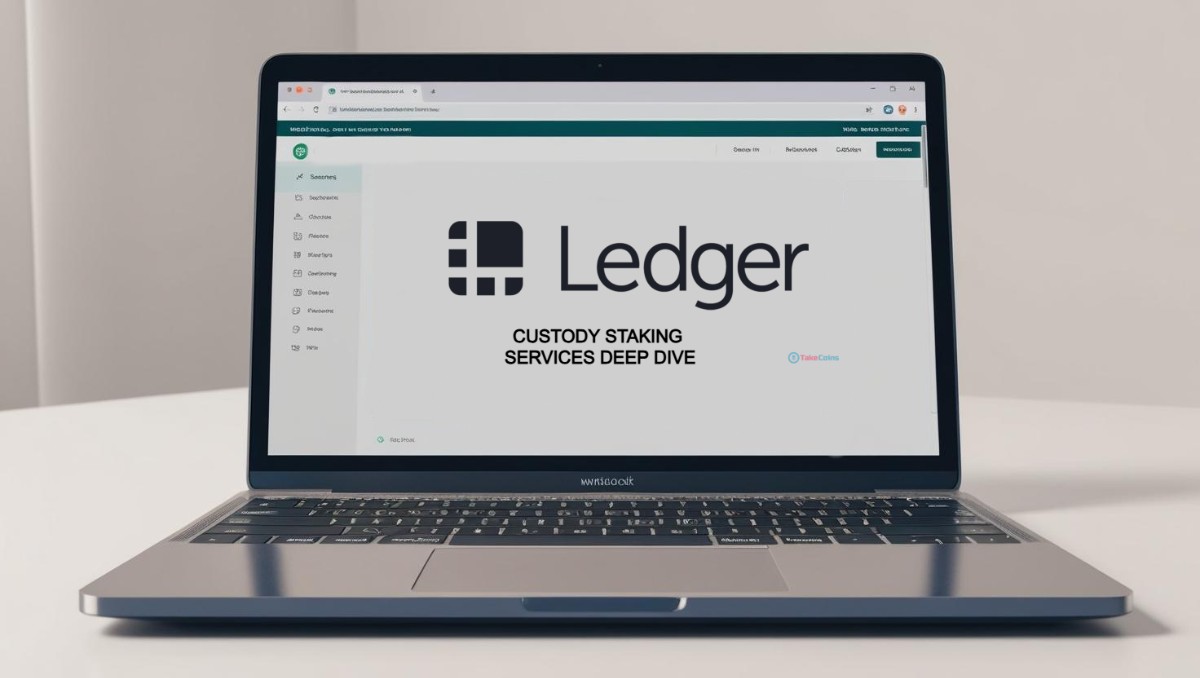Ledger Enterprise provides institutional solutions built upon the security technology of Ledger, widely known for its hardware wallets. Ledger Enterprise operates under the regulation of the French Prudential Supervision and Resolution Authority (ACPR).
Staking Service Details:
Supported Assets: Cardano (ADA), Ethereum (ETH), Ethereum Holesky (tETH), Cosmos (ATOM), Polkadot (DOT), Polygon (MATIC), Solana (SOL), and Tezos (XTZ). The broader Ledger ecosystem, including the retail Ledger Live app, supports staking for these and others like NEAR via partners. The platform’s general asset support is extensive.
Staking Yields (APY): Specific yield rates for the Enterprise platform are not provided, however, the platform aims to optimize rewards by leveraging a partner network. Retail staking examples via Ledger Live partners show variable rates like NEAR ~9%, ETH ~3-3.5%, and SOL ~5%.
Conditions & Features:
Integration: Staking is managed through the Ledger Enterprise platform interface, which is designed to abstract away the complexities of different staking protocols.
Self-Custody: A key differentiator is the emphasis on true self-custody. Staking operations are conducted such that the private keys controlling the assets (including withdrawal keys) never leave the secure environment of the client’s Ledger Enterprise Vault hardware.
Partnerships: Ledger Enterprise utilizes a network of partners, including Figment and Kiln (mentioned in related contexts ), to provide the underlying staking infrastructure.
Security: The staking service is built upon Ledger’s multi-layered security model, incorporating hardware (EAL5+ Secure Elements, FIPS 140-2 Level 3 ), firmware, and software protections.
Fees: Staking-specific fees for the Enterprise platform are not detailed. General platform fees are based on factors like the number of operators, accounts, and HSMs deployed. Staking via Ledger’s self-custody solutions avoids fees typically charged by exchanges for similar services.
Automation: The platform offers API capabilities to automate staking-related workflows, including reporting, transaction initiation, and notifications.
Reporting: Transparent dashboards provide visibility and control over staking activities.







